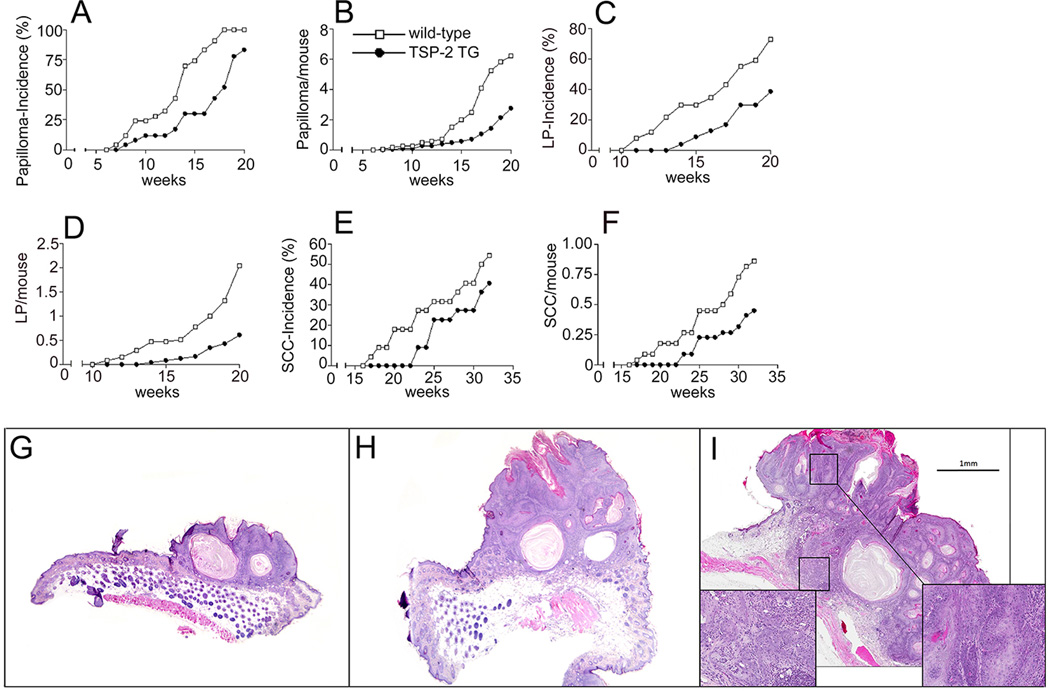Figure 2. Delayed and reduced skin carcinogenesis in TSP-2 transgenic mice.
Delayed and diminished incidence of papillomas (small papillomas, SP, and large papillomas, LP) in TSP-2 transgenic mice (n=25, filled circles), as compared with wildtype mice (n=25, open squares). The incidence of papillomas is expressed as percentage of mice with detectable tumor formation >1mm (A). Significantly decreased frequency of papilloma formation, expressed as the average number of papillomas (SP and LP) per mouse, in TSP-2 transgenic mice (B). Markedly reduced incidence of large papillomas (LP, >3mm) in TSP-2 transgenic mice (C). Decreased average number of LP per mouse (D). Delayed and decreased incidence of squamous cell carcinomas (SCC) in TSP-2 transgenic mice (E). Decreased average number of SCCs per mouse in TSP-2 transgenic mice (F). H&E staining of representative small papilloma (G), large papilloma (H) and squamous cell carcinoma (I). The inserts in panel I reveal severe dysplastic cells and invasion of tumor cells through the basement membrane.

